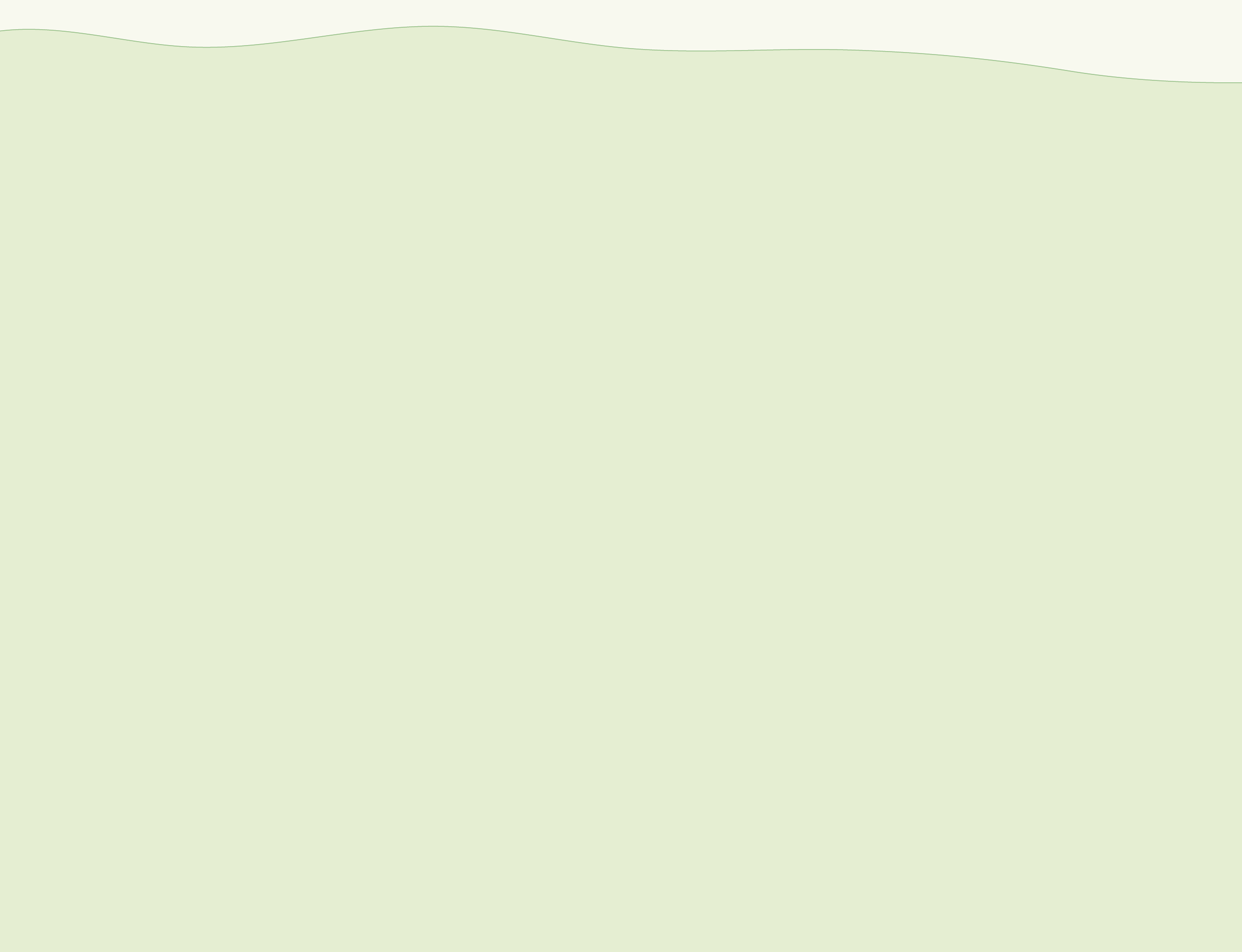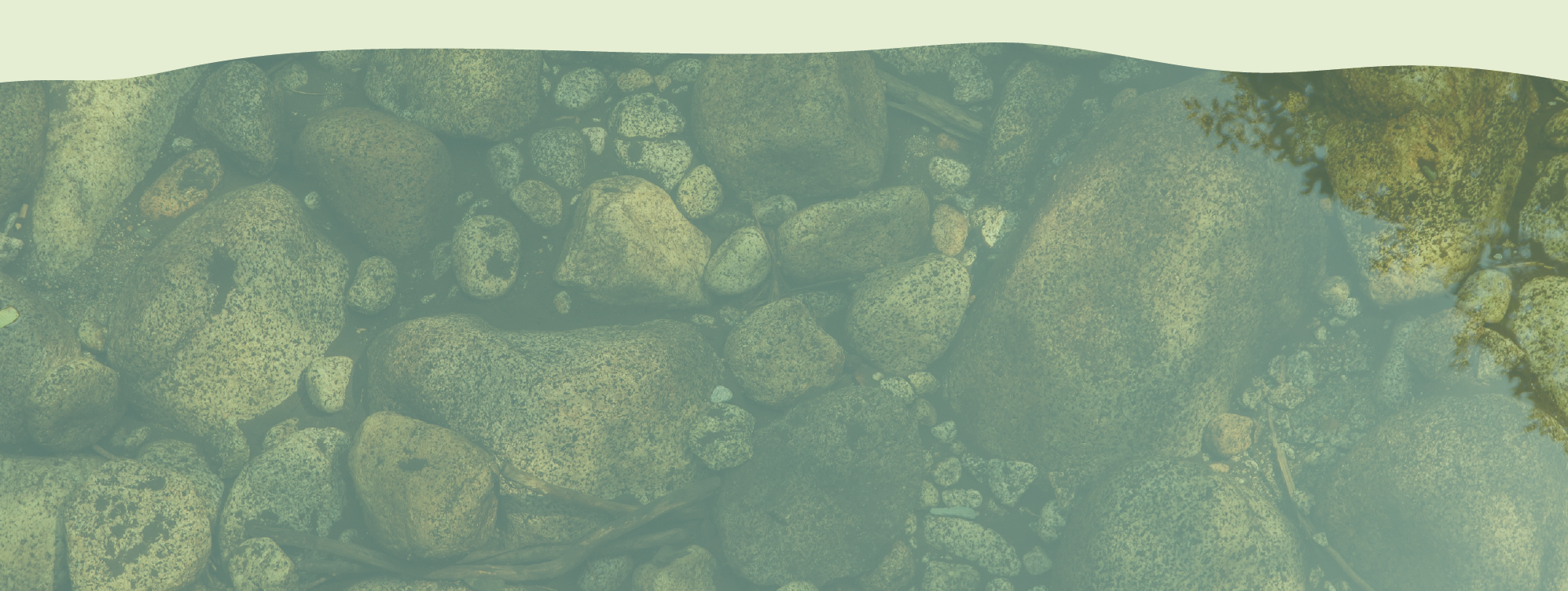The Bow River Watershed
Acknowledgement
The BRBC is pleased to work in the traditional territory of Treaty 7 in Southern Alberta, which includes the Blackfoot Confederacy (comprising of the Siksika, Piikani, and Kainai First Nations), as well as the Tsuut’ina First Nation, and the Stoney Nakoda (including the Chiniki, Bearspaw, and Wesley First Nations). The Bow River Basin is also home to the Metis Nation of Alberta, Region 3.
We acknowledge all those who share a deep connection with this land and its waters. The BRBC respects the histories, languages and cultures of all of Canada’s First Peoples whether they be of First Nation, Métis or Inuit descent, and acknowledges that their presence continues to enrich our vibrant communities.

Get to Know the Watershed
From its source (headwaters) at Bow Lake in the Rocky Mountains of Banff National Park, the Bow River flows through Banff, Canmore, Cochrane, and Calgary, joining the Oldman River west of Medicine Hat. The meeting of the Bow and Oldman rivers creates the South Saskatchewan River, the southwest tributary of the Saskatchewan-Nelson River system that eventually flows to the Hudson Bay, and then on to the Arctic and Atlantic oceans
Fed by precipitation, groundwater and numerous tributaries, the Bow River drains an area of approximately 25,000 km2 (representing four percent of Alberta’s land area). This drainage area, or basin, is comprised of several smaller drainage areas (watersheds).
The Bow River Basin is home to over 35% of Alberta’s population, largely residing within the City of Calgary. Major centres within the basin also include Canmore, Cochrane, Okotoks, Chestermere, and parts of Airdrie and Strathmore. The basin also falls within the traditional territory of Treaty 7 in Southern Alberta, which includes the Blackfoot Confederacy, as well as Tsuut’ina First Nation, and Stoney Nakoda Nations. The Bow River Basin is also home to the Metis Nation of Alberta, Region 3.
The Bow River Basin is a hard-working basin, serving approximately 45% of Alberta’s irrigated land. There are three Irrigation Districts that use Bow River water: the Western Irrigation District, the Eastern Irrigation District, and the Bow River Irrigation District. The basin is also significantly engineered, containing 15 major dams and weirs.
Due to significant population pressures within the basin, there are ongoing water management challenges to ensure all user needs are met. The BRBC is positioned to meet these challenges, bringing stakeholders together to nurture, share, and protect the waters of the Bow River Basin!


